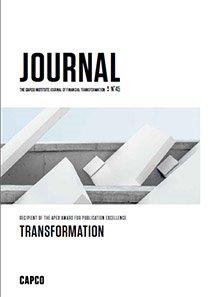After the financial crisis of 2008, global capital market banks have been the focus of a battery of new regulatory initiatives coming from international organizations and national regulators. Assertive supervision, limitations on permissible activities, higher capital, and improved liquidity standards were intended to reduced systemic risk to the global financial system and make it far less likely that banks will need to be assisted by governments in the future. As a result of these changes, stability has returned to the global banking industry. But the regulatory measures combined with the slow global economic recovery have led to a prolonged decline in the performance of the capital markets business.
Indeed, the increased regulatory burden has rendered the banks themselves economically unviable and, therefore, considerably less safe than they were. Capital market banks, therefore, face the painful task of changing their business strategies and component configurations, a task that most have avoided addressing meaningfully.
This paper discusses the evolution of bank regulation through the financial crisis and demonstrates how it has affected the market leaders that have been unable for several years to achieve returns on equity equal to the cost of that equity, and whose stock prices currently average only 77 percent of book value. It also discusses the strategic change options available to the banks.
Indeed, the increased regulatory burden has rendered the banks themselves economically unviable and, therefore, considerably less safe than they were. Capital market banks, therefore, face the painful task of changing their business strategies and component configurations, a task that most have avoided addressing meaningfully.
This paper discusses the evolution of bank regulation through the financial crisis and demonstrates how it has affected the market leaders that have been unable for several years to achieve returns on equity equal to the cost of that equity, and whose stock prices currently average only 77 percent of book value. It also discusses the strategic change options available to the banks.
